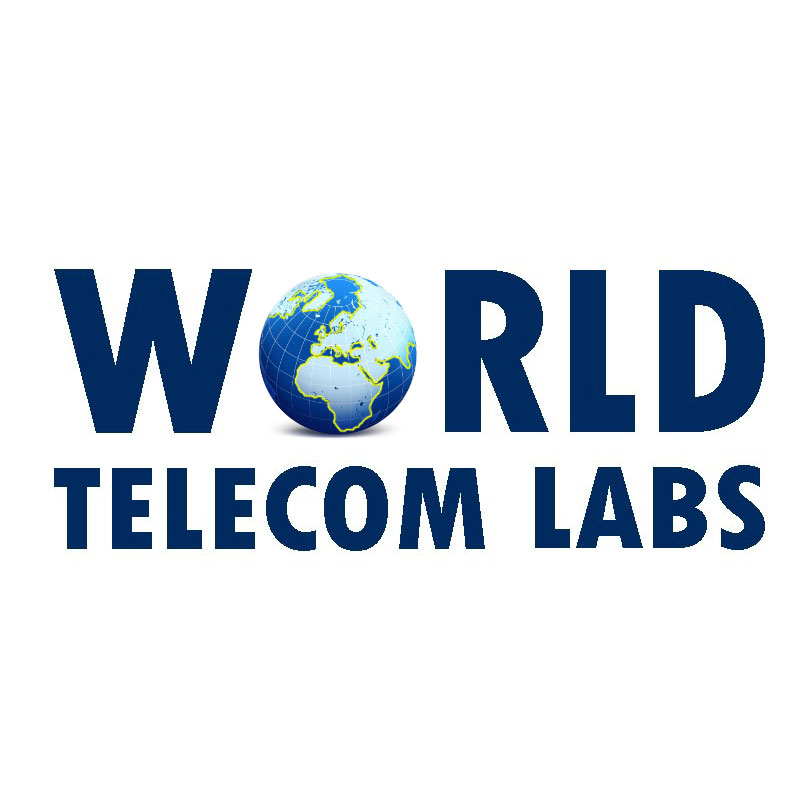 “Imagine living without the means to use a search engine or even own an email address. That is how 700 million Africans live,” Chairman of the 4G African Broadband Forum Bill Hearmon told CNBC Africa on Wednesday.
“Imagine living without the means to use a search engine or even own an email address. That is how 700 million Africans live,” Chairman of the 4G African Broadband Forum Bill Hearmon told CNBC Africa on Wednesday.
Hearmon said that 4G telecommunication needs to be seen as a basic utility in Africa, just like electricity, water and sewerage.
This advanced telecommunication system is called Long Term Evolution (LTE), also known as fourth generation (4G), which is a wireless broadband technology designed to support roaming internet access via cell phones and hand held devices.
“LTE is based on Internet Protocol (IP), which allows users to browse web sites and download videos, music or images at a much faster pace than what is available with 3G technology”, stated Hearmon.
He explained that LTE has the ability to empower people all over Africa in terms of broadening their knowledge and to also understand what is happening in the rest of the world.
Consequently, the 4G African Broadband Forum is currently working with Microsoft on its 4Afrika initiative. Their plan is to get microfinance options available for the less privileged so that they can purchase the more affordable smart phones.
“For example, a poor farmer that doesn’t earn a fixed pay cheque should still be allowed to buy a smart phone and pay it off according to his financial circumstances,” said Hearmon
He notes that a smart phone could play an important role in a farmer’s life, just as crucial a role as his wheel barrow or truck plays as It can assist him in finding ways to grow bigger and better crop.
The current challenge in implementing LTE across Africa is the construction. Trenches need to be dug to lay the fibre optic cables as this technology relies on broadband. Also, Africa as a whole comprises of many sparse villages and towns, making it even more difficult to run the fibre cables across all.
The upside, however, is that you do not need to have several fibre cables running to its base station, one cable is sufficient to run through a number of countries.
“In Kenya, for example, there’s a fibre company called Liquid Telecom that runs a cable from the Southern African Development Community (SADC) region, right through to Kenya and Tanzania. We need more companies to take on the same approach”, stated Hearmon.
“The governments of African countries need to also make it easier for fibre companies to construct the trenches needed for the cables and to also prevent these companies from running too many unnecessary cables,” He concludes.









